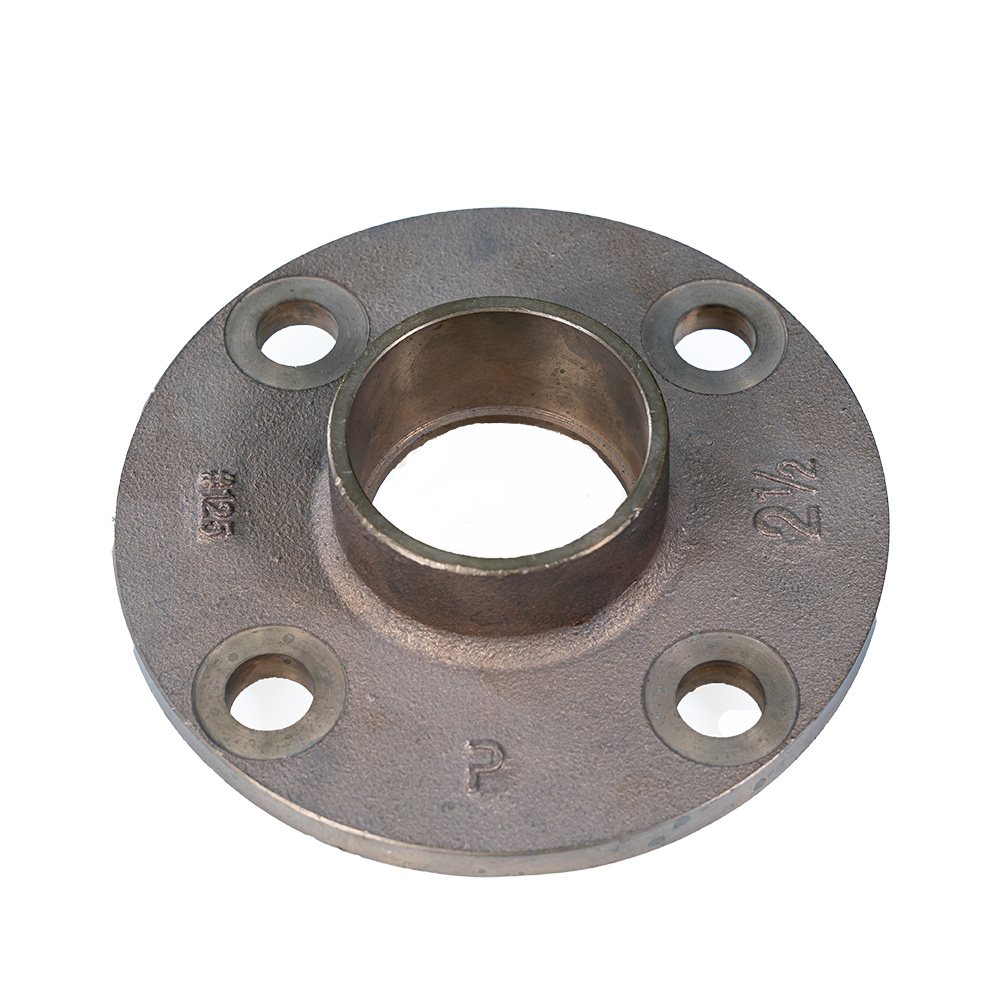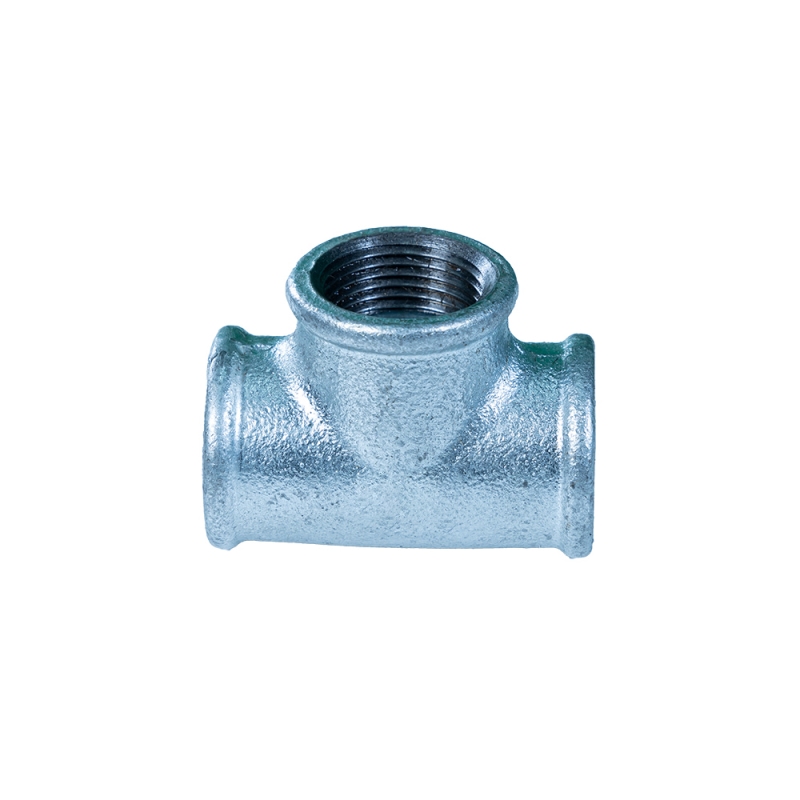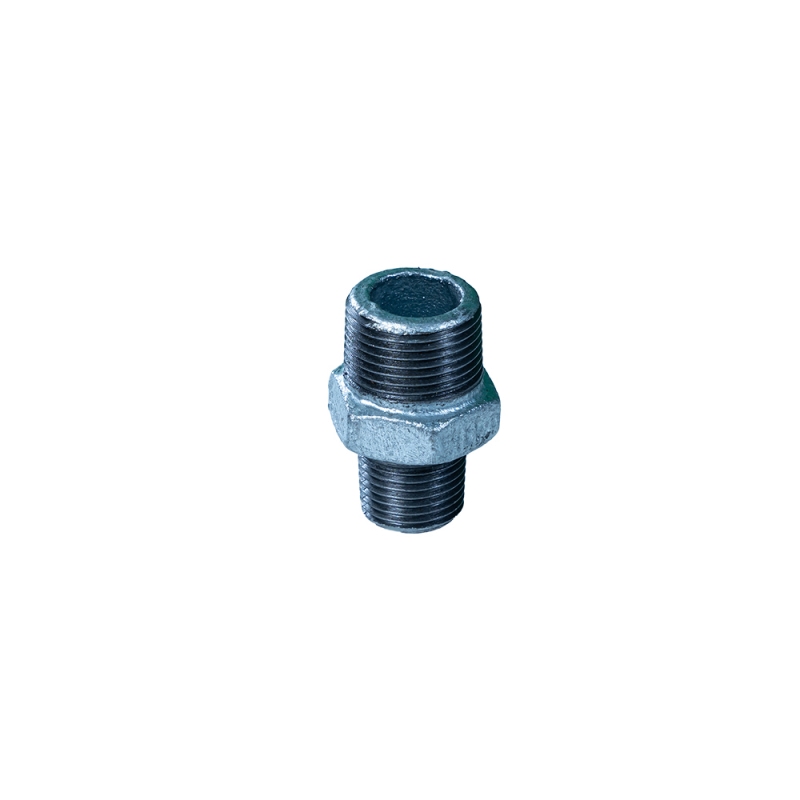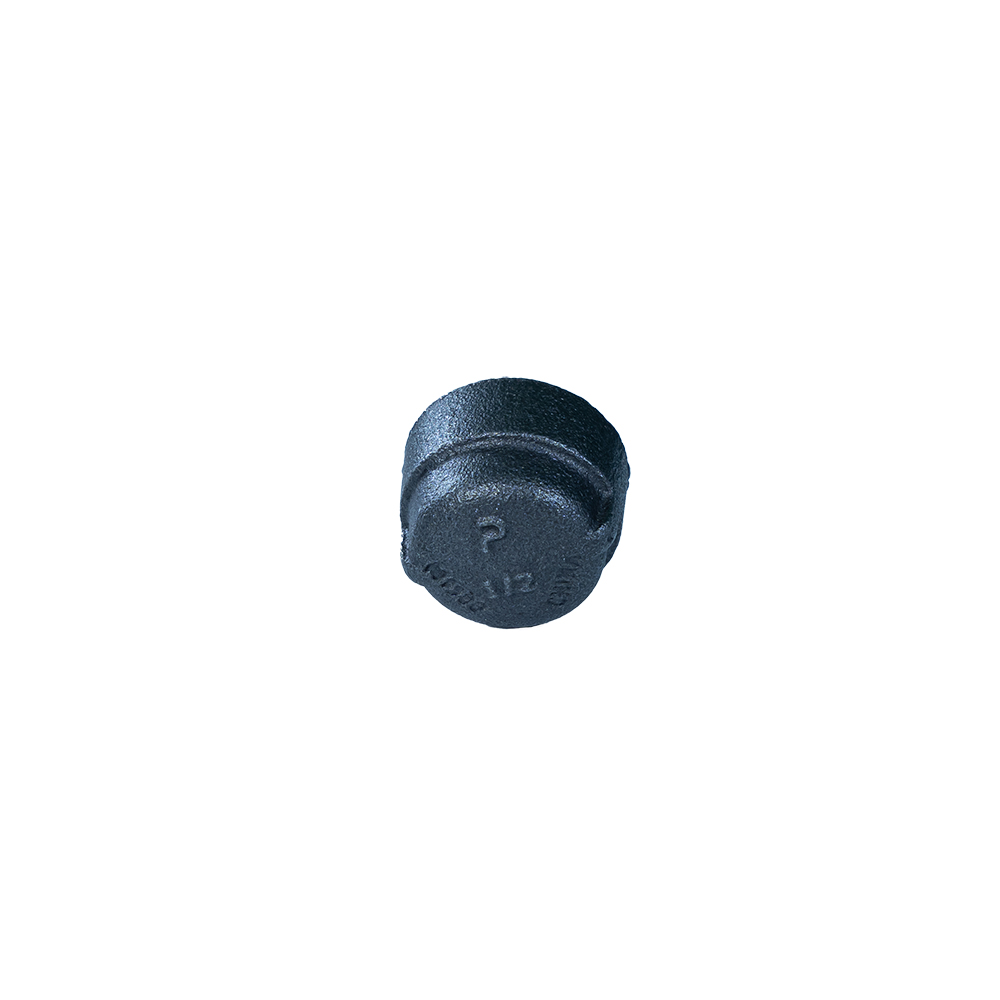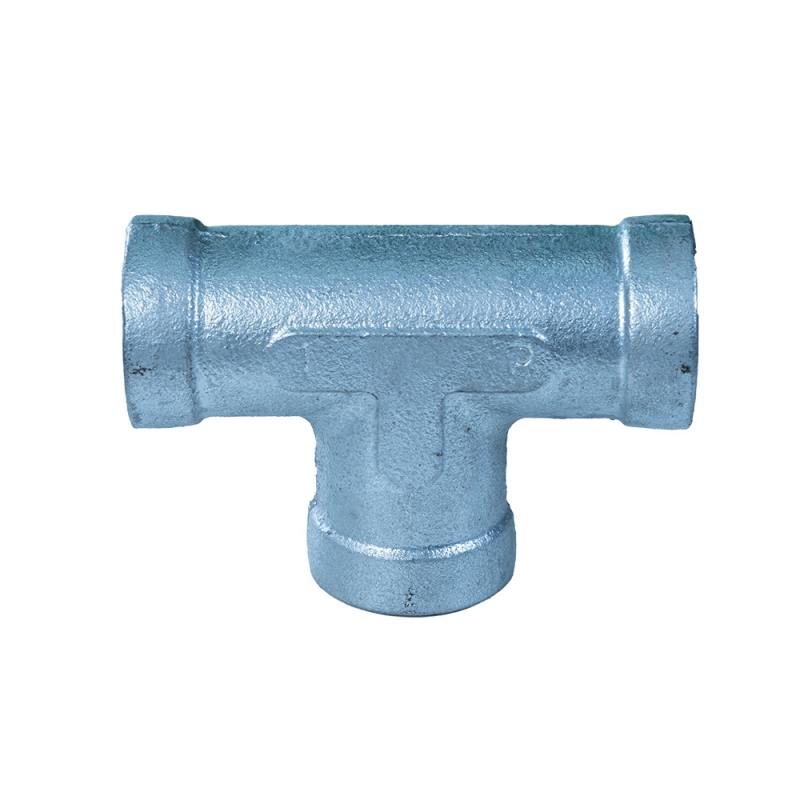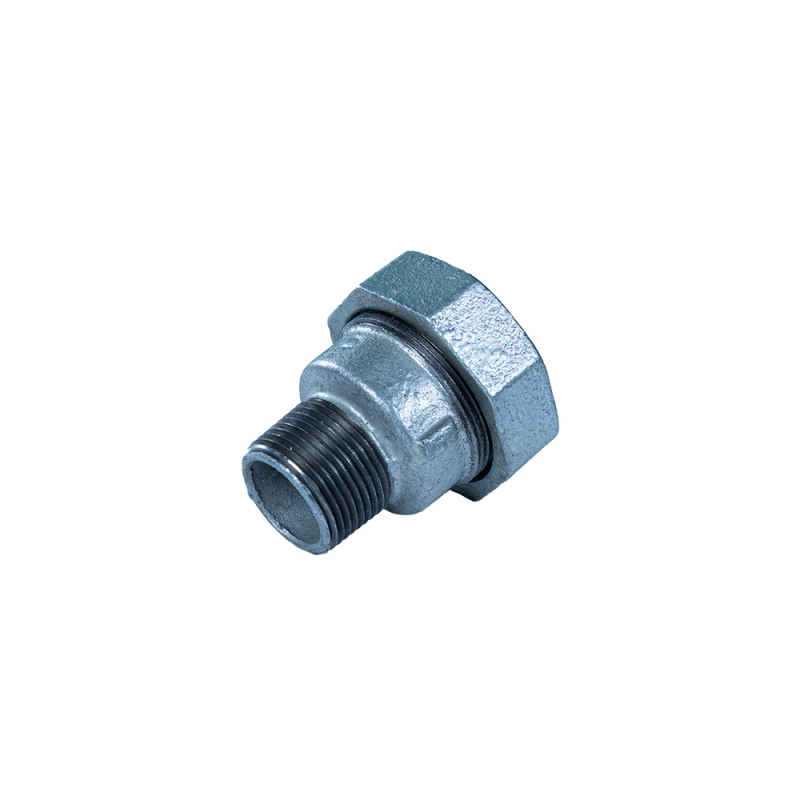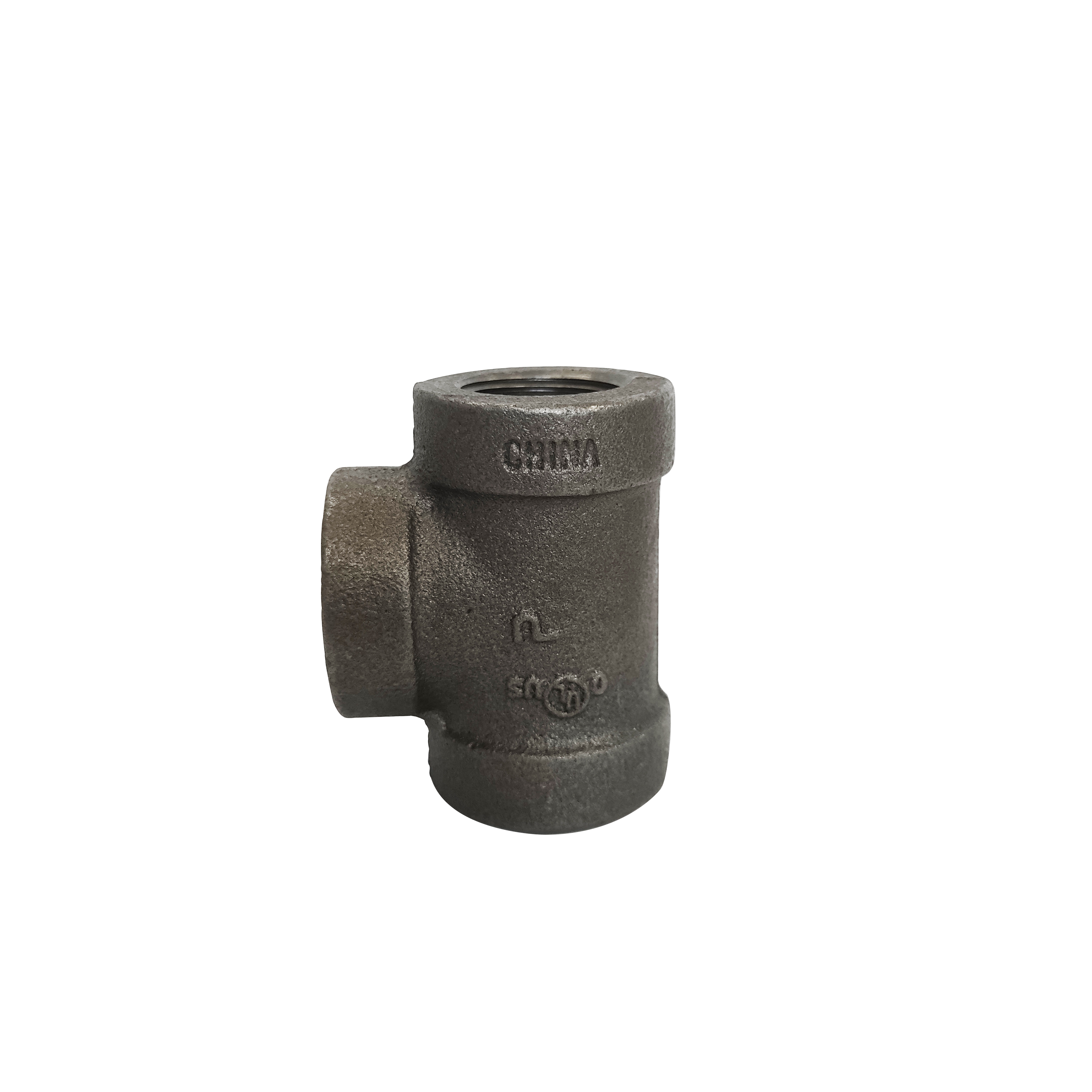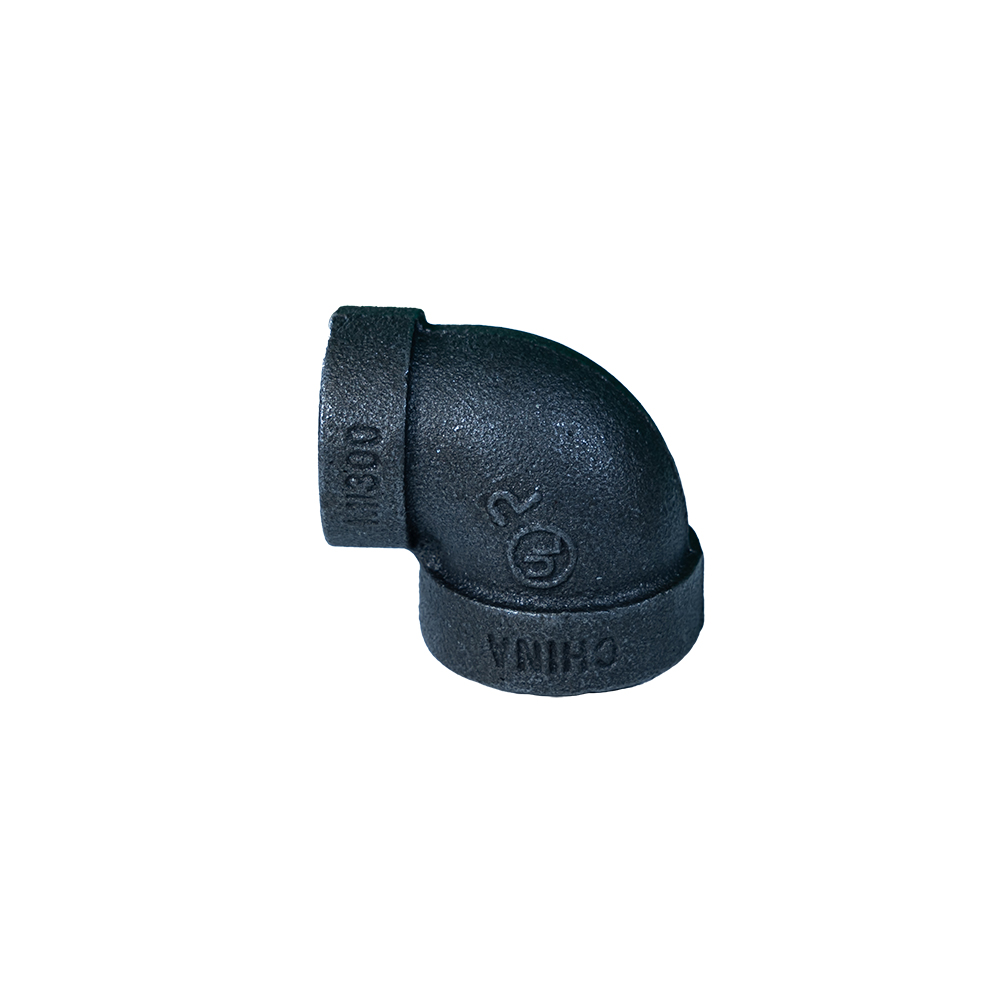Piping systems, whether for transporting water, gas, or other fluids, rely on a variety of specialized components to function properly. Each fitting serves a unique purpose, from making precise turns to creating secure connections. Let's explore some key types of pipe fittings and understand their significance, including elbow fitting 90 degrees, gas pipe fittings, what is npt fitting, 1 1 2 pipe union、 そして 45 degree angle pipe fitting.
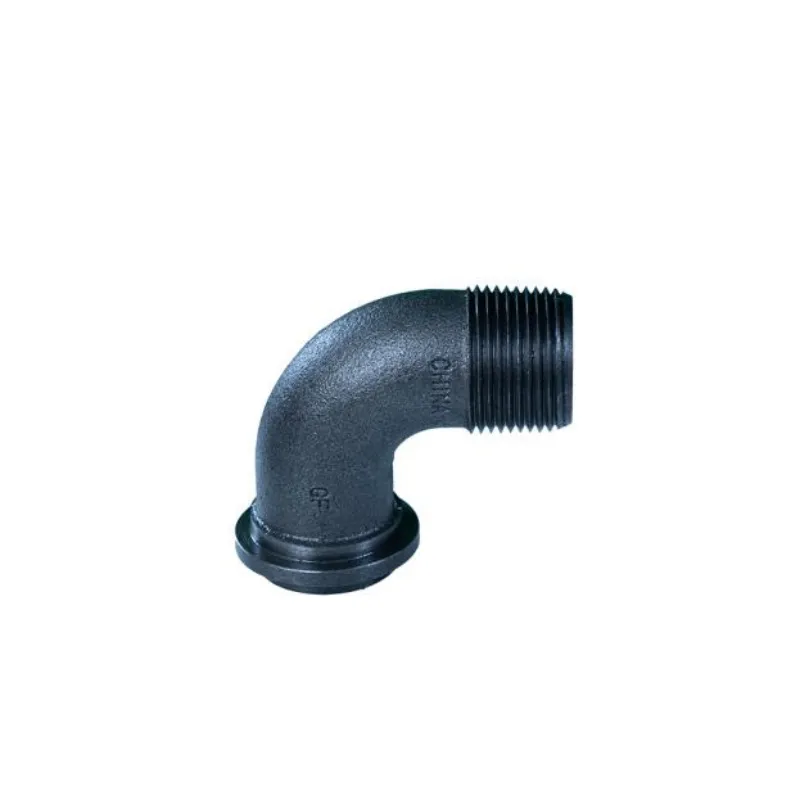
What Role Do 90 - Degree Turns Play in Piping?
When a piping system needs to make a sharp change in direction, an elbow fitting 90 degrees comes into play. These fittings are essential for navigating around obstacles, such as walls or structural beams, in both residential and commercial settings. In a building's plumbing system, for example, 90 - degree elbow fittings direct water pipes from the main supply line to fixtures like sinks and showers, ensuring a neat and organized layout. Made from materials like copper, PVC, or stainless steel, these fittings are designed to withstand the pressure and flow of the fluid passing through them. Their precise angle allows for a seamless transition, minimizing turbulence and potential leaks.
How Are Gas Pipelines Kept Safe and Functional?
The safety and efficiency of gas distribution rely heavily on gas pipe fittings. These fittings are specifically engineered to handle the unique requirements of gas transmission, which demands leak - proof and durable connections. Gas pipe fittings are typically made from materials like steel or brass, which can withstand high pressure and resist corrosion. Specialized couplings, valves, and connectors ensure that gas flows smoothly from the main supply to appliances such as stoves, heaters, and water heaters. Each fitting must meet strict safety standards to prevent gas leaks, which can pose serious risks to both property and human life. Regular inspections and maintenance of these fittings are crucial to maintaining a safe gas system.
What Exactly Is an NPT Fitting and Why Is It Important?
For those new to the world of piping, the term what is npt fitting often arises. NPT, or National Pipe Thread - Taper, refers to a standard type of threading used in pipe fittings. NPT fittings have tapered threads that create a tight seal when screwed together, making them ideal for applications where preventing leaks is essential. These fittings are widely used in plumbing, industrial piping, and HVAC systems. The tapered design allows the threads to compress as they are tightened, ensuring a secure connection even under pressure. Whether it's connecting pipes for water supply or assembling a complex industrial pipeline, understanding NPT fittings is key to creating reliable and leak - free systems.
How Do Pipe Unions Facilitate Maintenance and Repairs?
A 1 1 2 pipe union is a specialized fitting that provides a convenient solution for joining and separating pipes. Comprising three parts - two end pieces with male threads and a center nut with female threads - pipe unions allow for easy disassembly and reassembly. This feature is invaluable during maintenance or repair work, as it enables technicians to access specific sections of the pipe without having to cut or break the entire line. In industrial settings, where regular inspection and upkeep of pipes are necessary, 1 1/2 pipe unions make the process more efficient. They ensure that pipes can be quickly disconnected, serviced, and reconnected, minimizing downtime and reducing costs.
Why Are 45 - Degree Angles Preferred in Some Piping Situations?
In certain piping scenarios, a 45 degree angle pipe fitting offers distinct advantages over sharper bends. These fittings are used to create a more gradual change in direction, reducing turbulence and pressure loss within the pipe. In HVAC systems, for instance, 45 - degree angle pipe fittings are employed to direct air ducts around corners, allowing for smoother airflow and improved energy efficiency. In plumbing, they can help navigate pipes through tight spaces while maintaining optimal flow rates. The gentle slope of a 45 - degree angle also prevents sediment and debris from accumulating, which can occur more easily at 90 - degree turns. This makes 45 - degree angle pipe fittings a practical choice for many applications where a balance between direction change and flow performance is required.
Pipe Fitting FAQs
Can I install elbow fitting 90 degrees on my own?
Installing a 90 - degree elbow fitting can be a DIY project if you have basic plumbing knowledge and the right tools. However, it's crucial to measure accurately and ensure proper alignment to avoid leaks. For complex systems or if you're unsure about the installation process, it's advisable to consult a professional plumber. They can also help with any necessary adjustments to ensure the fitting is compatible with your existing pipes and meets safety standards.
What materials are best for gas pipe fittings?
The best materials for gas pipe fittings are those that offer durability, strength, and resistance to corrosion. Steel and brass are popular choices due to their ability to withstand high pressure and resist gas - related corrosion. Stainless steel is also a reliable option, especially in environments where moisture or chemicals may be present. Always choose fittings that are specifically rated for gas use and comply with local building codes to ensure safety.
How do I identify an NPT fitting?
NPT fittings can be identified by their tapered threads. Unlike parallel threads, NPT threads gradually narrow towards the end of the fitting. You can also look for markings on the fitting that indicate it is an NPT type. Additionally, the standard dimensions and thread pitch of NPT fittings follow specific industry guidelines, which can help in identification. If you're still unsure, consult the manufacturer's specifications or a plumbing professional.
What size pipes are compatible with a 1 1 2 pipe union?
A 1 1/2 pipe union is designed to connect two pipes with an inside diameter of 1 1/2 inches. However, it's important to ensure that the pipes' outer diameter and thread type match the union's specifications for a proper fit. Some unions may also be compatible with pipes of slightly different materials, but it's crucial to check for compatibility to avoid leaks or connection issues.
Can 45 degree angle pipe fittings be used in high - pressure systems?
Yes, 45 - degree angle pipe fittings can be used in high - pressure systems, but it depends on the material and construction of the fitting. Fittings made from sturdy materials like stainless steel or forged brass are often suitable for high - pressure applications. However, it's essential to choose fittings that are rated for the specific pressure range of your system and follow proper installation procedures to ensure they can withstand the pressure without leaking or failing.
Post time: 8月-18-2025


